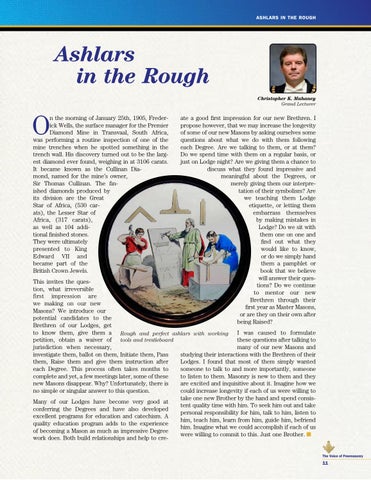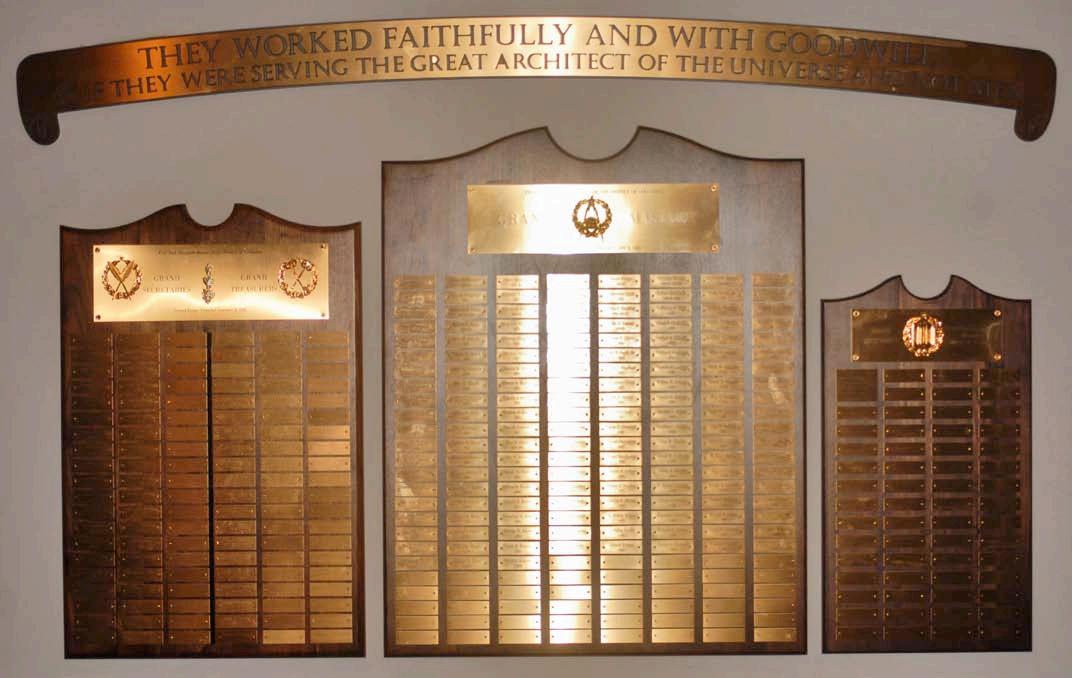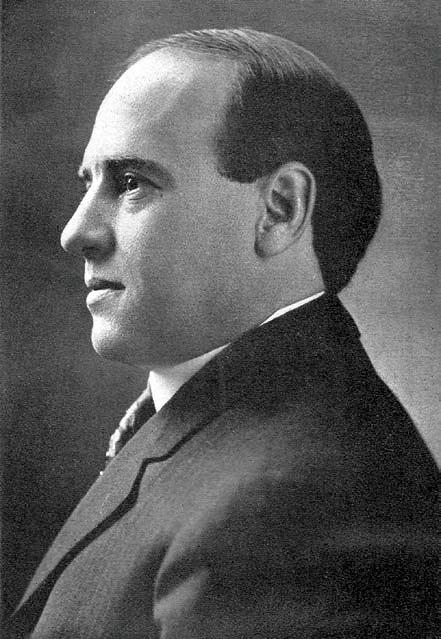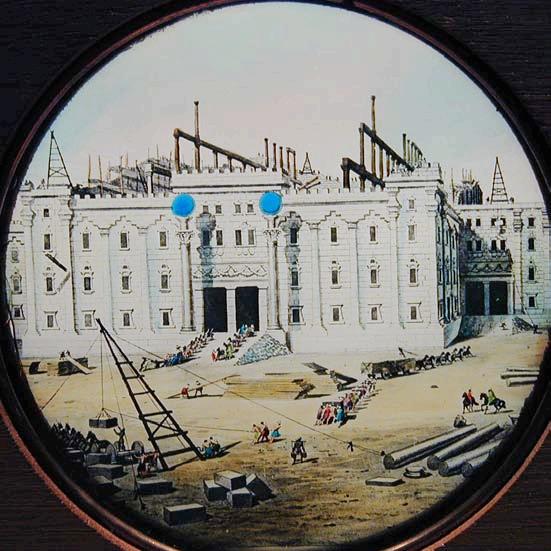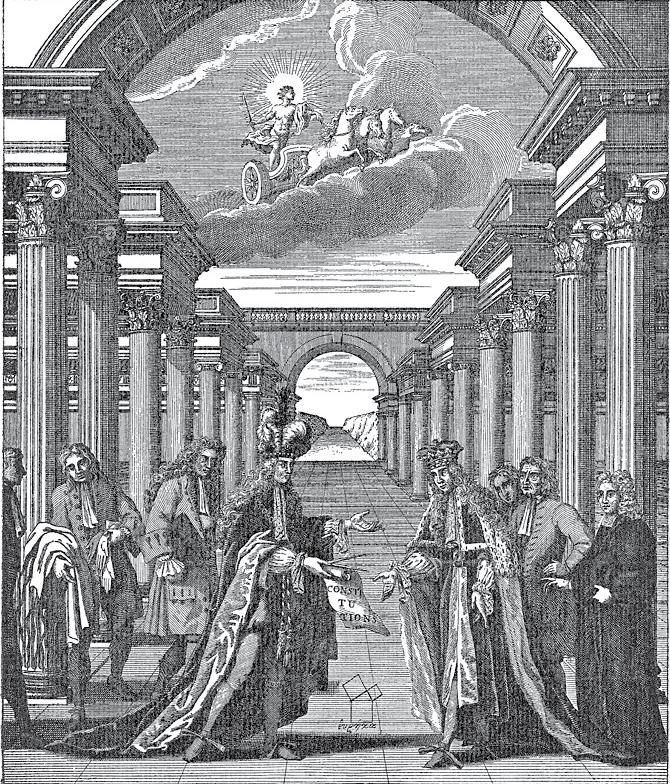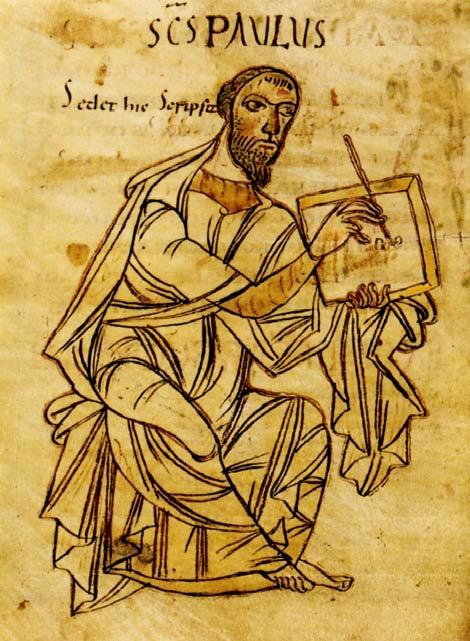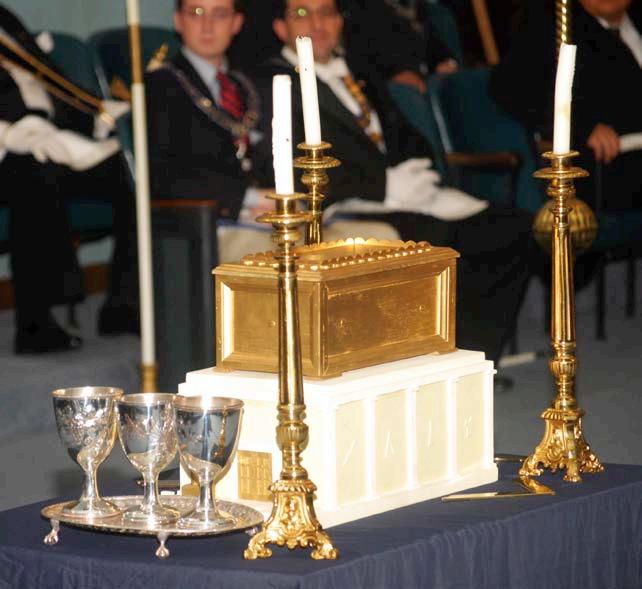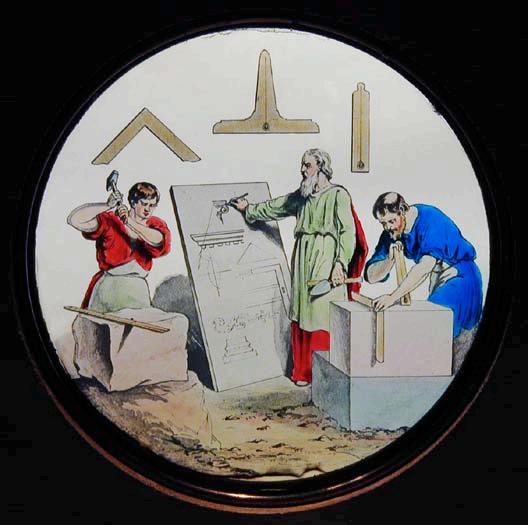ashlars in the rough
Ashlars in the Rough Christopher K. Mahaney Grand Lecturer
O
n the morning of January 25th, 1905, Frederick Wells, the surface manager for the Premier Diamond Mine in Transvaal, South Africa, was performing a routine inspection of one of the mine trenches when he spotted something in the trench wall. His discovery turned out to be the largest diamond ever found, weighing in at 3106 carats. It became known as the Cullinan Diamond, named for the mine’s owner, Sir Thomas Cullinan. The finished diamonds produced by its division are the Great Star of Africa, (530 carats), the Lesser Star of Africa, (317 carats), as well as 104 additional finished stones. They were ultimately presented to King Edward VII and became part of the British Crown Jewels.
ate a good first impression for our new Brethren. I propose however, that we may increase the longevity of some of our new Masons by asking ourselves some questions about what we do with them following each Degree. Are we talking to them, or at them? Do we spend time with them on a regular basis, or just on Lodge night? Are we giving them a chance to discuss what they found impressive and meaningful about the Degrees, or merely giving them our interpretation of their symbolism? Are we teaching them Lodge etiquette, or letting them embarrass themselves by making mistakes in Lodge? Do we sit with them one on one and find out what they would like to know, or do we simply hand them a pamphlet or book that we believe will answer their questions? Do we continue to mentor our new Brethren through their first year as Master Masons, or are they on their own after being Raised?
This invites the question, what irreversible first impression are we making on our new Masons? We introduce our potential candidates to the Brethren of our Lodges, get to know them, give them a Rough and perfect ashlars with working I was caused to formulate petition, obtain a waiver of tools and trestleboard these questions after talking to jurisdiction when necessary, many of our new Masons and investigate them, ballot on them, Initiate them, Pass studying their interactions with the Brethren of their them, Raise them and give them instruction after Lodges. I found that most of them simply wanted each Degree. This process often takes months to someone to talk to and more importantly, someone complete and yet, a few meetings later, some of these to listen to them. Masonry is new to them and they new Masons disappear. Why? Unfortunately, there is are excited and inquisitive about it. Imagine how we no simple or singular answer to this question. could increase longevity if each of us were willing to take one new Brother by the hand and spend consisMany of our Lodges have become very good at tent quality time with him. To seek him out and take conferring the Degrees and have also developed personal responsibility for him, talk to him, listen to excellent programs for education and catechism. A him, teach him, learn from him, guide him, befriend quality education program adds to the experience him. Imagine what we could accomplish if each of us of becoming a Mason as much as impressive Degree were willing to commit to this. Just one Brother. n work does. Both build relationships and help to cre-
The Voice of Freemasonry
11
